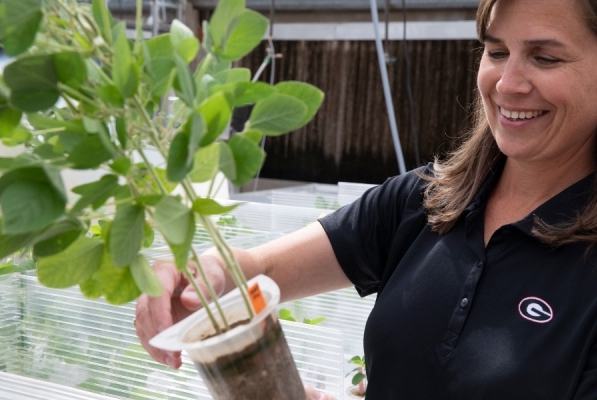 CAES News
CAES News
NSF-NIFA Nematode Award
University of Georgia plant pathology researcher Melissa Mitchum will co-direct a $1.2 million award from the joint National Science Foundation and U.S. Department of Agriculture National Institute of Food and Agriculture (NSF-NIFA) Plant-Biotic Interactions Program to help combat a devastating soybean pathogen with colleagues at the University of Missouri.


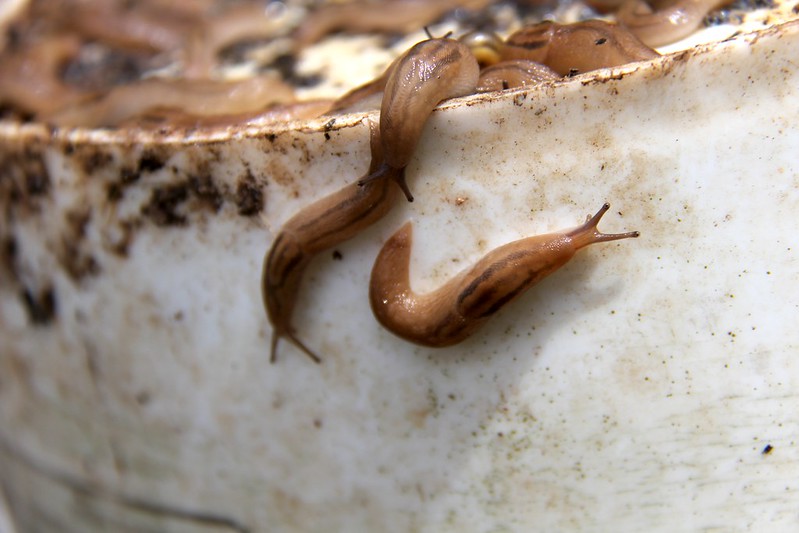
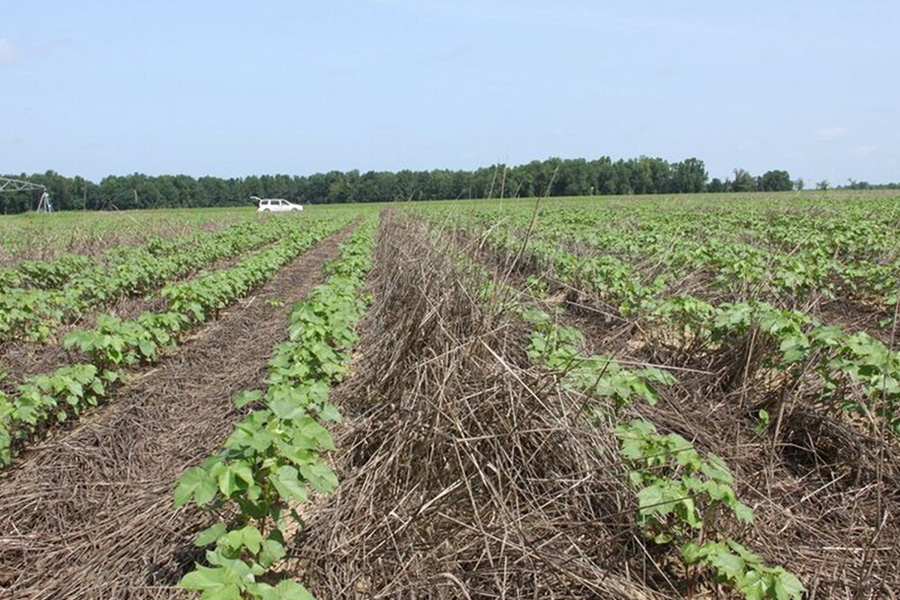
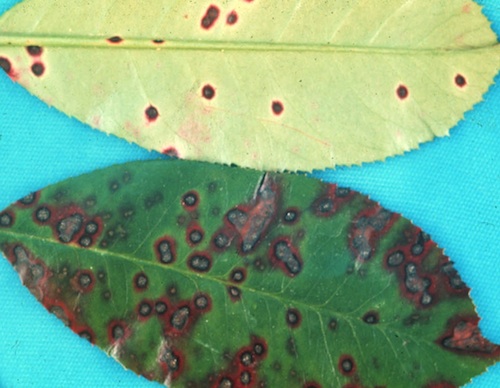
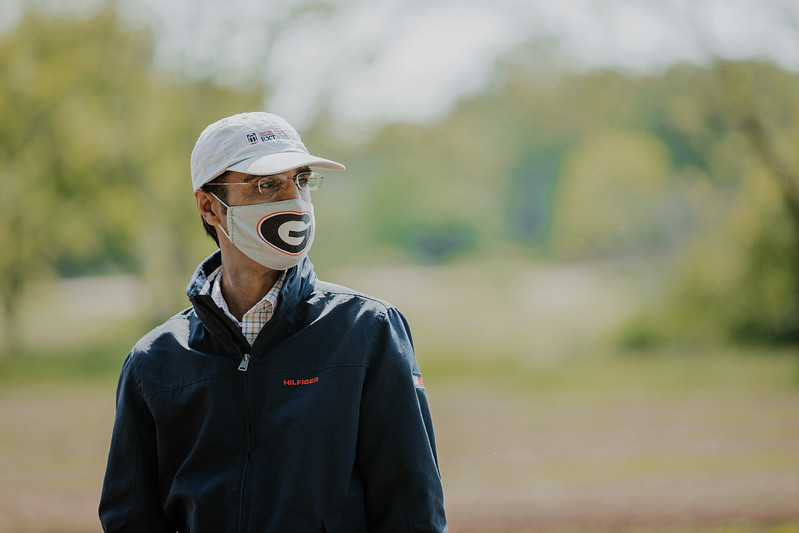
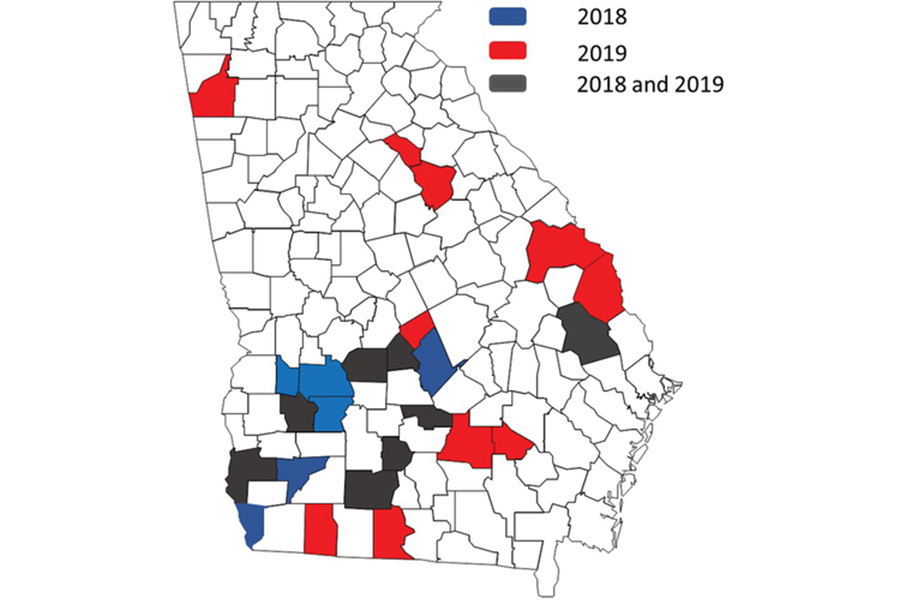

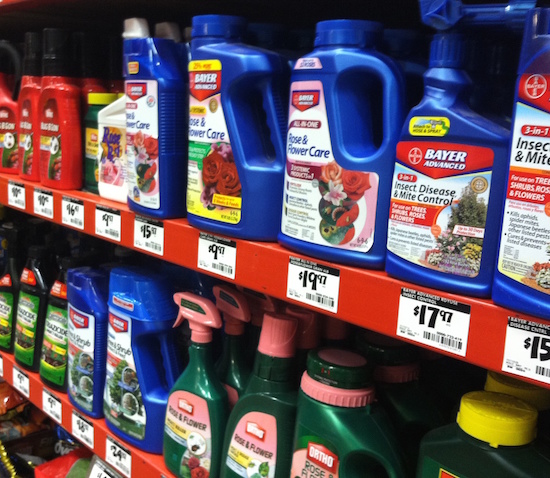
.JPG)